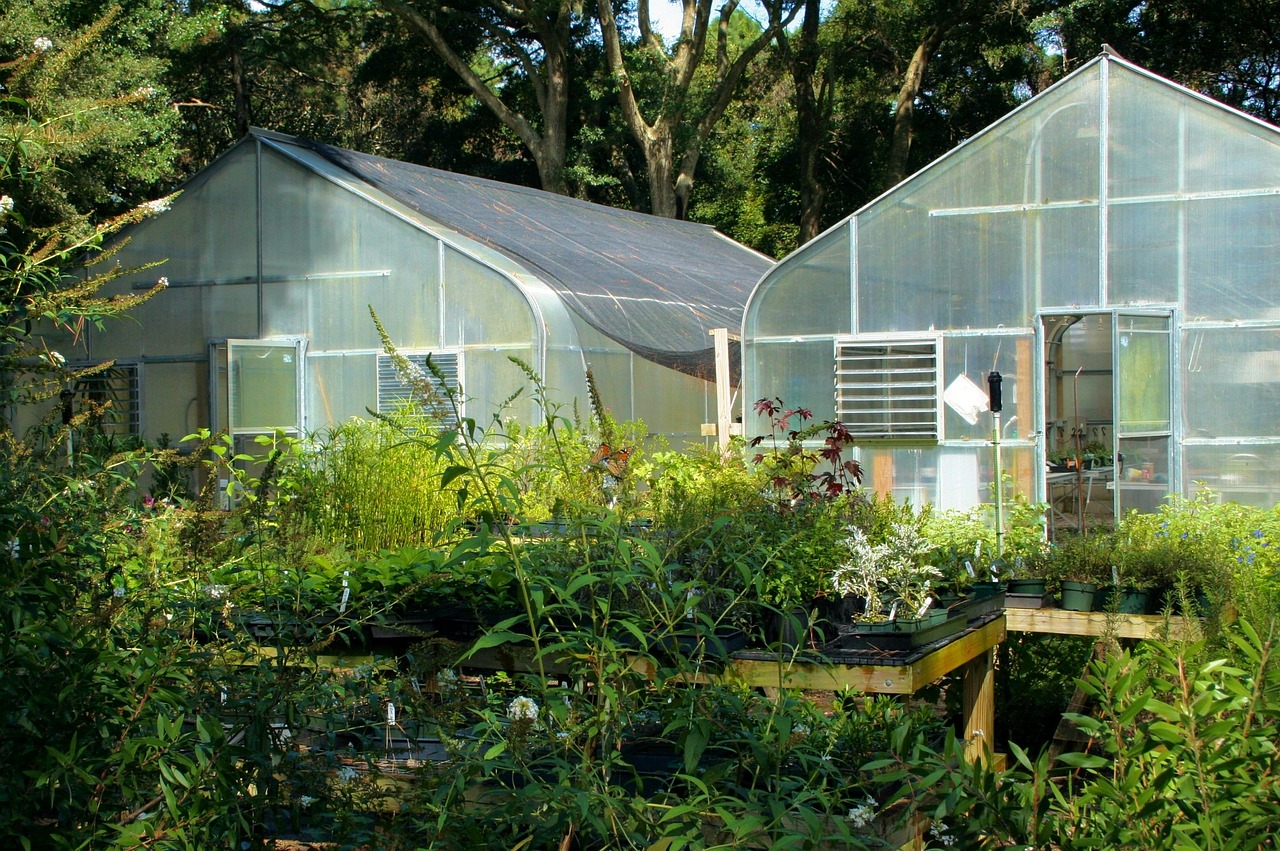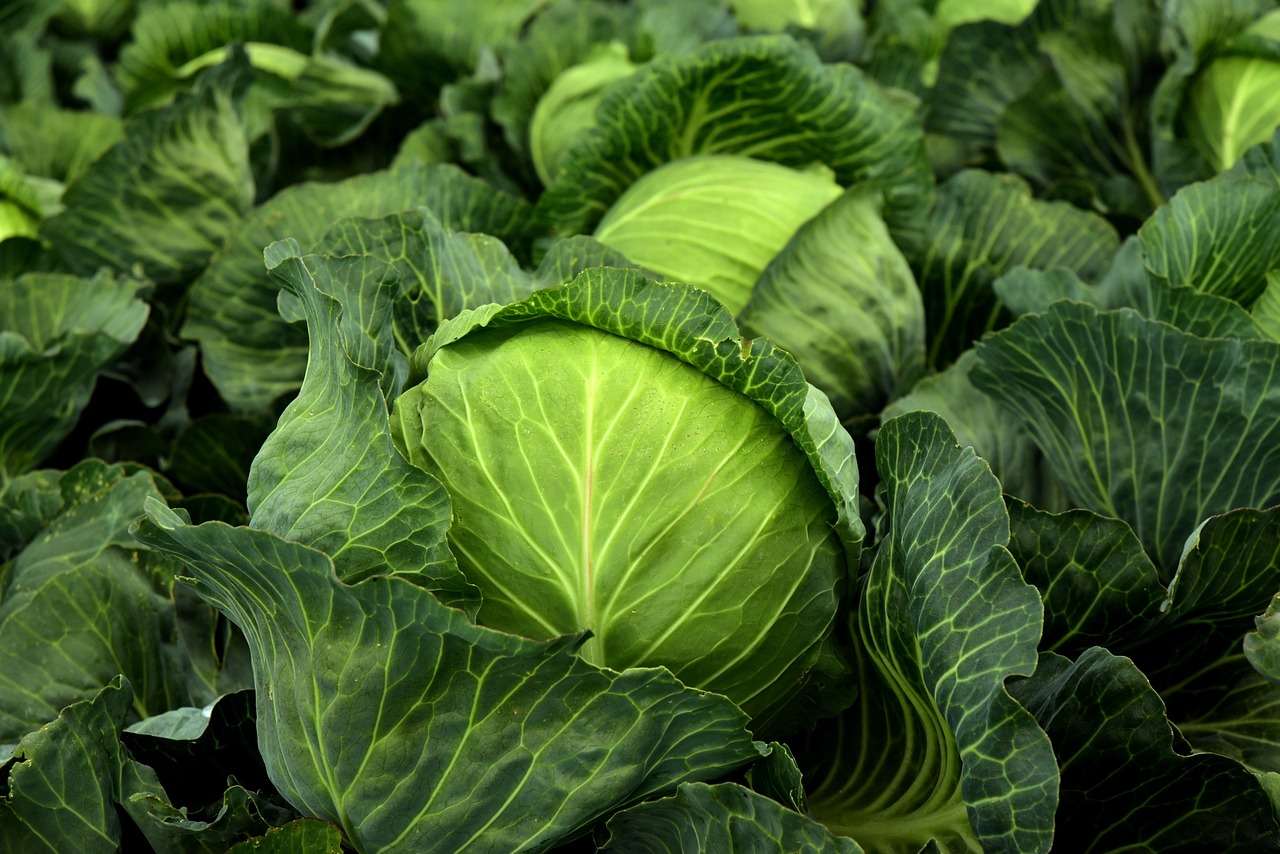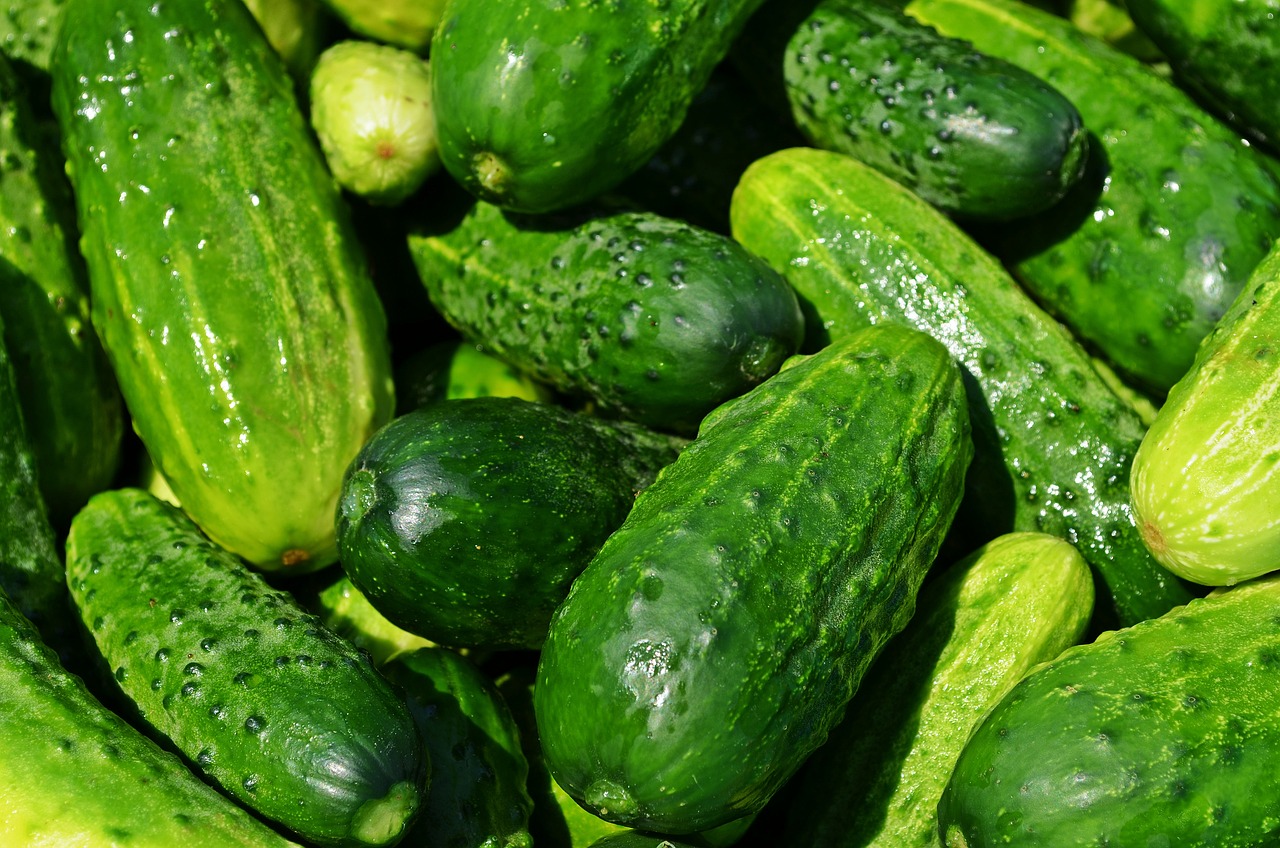Are you tired of the same old fruits at the grocery store? Why not spice up your garden and grow some exotic fruits?
Not only will you have a unique and delicious addition to your fruit bowl, but you’ll also experience the joy of growing your own food.
Growing exotic fruits may seem daunting, but with the right preparation and care, you can have a bountiful harvest.
Imagine the satisfaction of biting into a juicy dragon fruit or slicing into a perfectly ripe papaya that you grew yourself.
Not only will you have a sense of pride in your gardening skills, but you’ll also be eating healthy and fresh produce.
So, roll up your sleeves and let’s dive into the world of exotic fruit growing.
Choosing the Right Exotic Fruits to Grow
You’ll want to start by thinking about what exotic fruits you love to eat and which ones will thrive in your climate. Picking varieties that are well-suited for your area is key to a successful harvest.
For instance, if you live in a tropical climate, you may want to consider growing bananas, papayas, or pineapples. However, if you live in a cooler climate, you may want to opt for hardier fruits, such as figs, persimmons, or pomegranates.
Climate considerations are crucial when it comes to growing exotic fruits. Some fruits require warm, humid conditions, while others thrive in cooler temperatures. You’ll want to research the specific requirements for each fruit you’re considering to ensure you can provide the right environment for it to grow.
Additionally, consider the amount of space you have available and the amount of care and maintenance each fruit will require before making your final decision.
With the right preparation and research, you can enjoy the satisfaction and joy of growing your own exotic fruits.
Preparing Your Soil and Environment for Growth
By enriching your soil and providing the right amount of sunlight and water, you can ensure that your tropical plants thrive and produce delicious, juicy fruits.
Start by testing your soil’s pH levels and adding nutrients if necessary. You can do this by adding organic matter such as compost, manure, or leaf mold to your soil. Composting is a great way to create nutrient-rich soil and reduce waste in your garden. Mix in the compost with your soil, and you’ll be amazed at the results.
In addition to enriching your soil, it’s also important to install an irrigation system to keep your plants hydrated. Depending on the climate and the size of your garden, you can choose from a variety of irrigation systems, such as drip irrigation or sprinklers.
Drip irrigation is a great option for conserving water and delivering the perfect amount of moisture directly to the roots of your plants. With proper soil preparation and irrigation, you’ll be on your way to growing exotic fruits that are sure to impress.
Best Practices for Planting and Maintenance
To keep your tropical plants healthy and thriving, it’s essential to regularly check for pests and diseases, as well as prune and fertilize them as needed. When it comes to watering frequency, it’s important to find the right balance.
Tropical plants require consistent moisture, but overwatering can lead to root rot and other issues. As a general rule, water your plants when the top inch of soil feels dry. During the hotter months, you may need to water more frequently, while in cooler months, you can water less often.
In terms of pruning techniques, it’s important to remove any dead or damaged leaves or branches to promote new growth. Additionally, pruning can help shape your plants and keep them from becoming too bushy. Always use clean, sharp pruning shears to avoid damaging your plants.
When it comes to pest control and fertilization methods, there are many options available. You can use natural remedies such as neem oil or insecticidal soap to keep pests at bay, or opt for chemical solutions if needed. Fertilize your plants regularly with a balanced fertilizer to provide the nutrients they need to thrive.
By following these best practices, you can ensure that your tropical plants will grow healthy and strong, providing you with fresh, exotic fruit for years to come.
Harvesting and Storing Your Exotic Fruits
After months of tending to your tropical plants, it’s finally time to reap the rewards and enjoy the delicious fruits they have produced.
Harvesting your exotic fruits at the right time is crucial to ensuring their unique flavor profiles are preserved. Some fruits, like pineapples and papayas, should be harvested when they’re fully ripe and have a slight give when squeezed. Others, like mangoes and guavas, should be harvested when they’re still slightly firm and then allowed to ripen off the tree.
Once you’ve harvested your exotic fruits, it’s important to use proper preserving techniques to ensure they stay fresh for as long as possible. Some fruits, like bananas and avocados, can be stored at room temperature until they’re ripe, while others, like passion fruit and dragon fruit, should be refrigerated as soon as they’re harvested.
Freezing your fruits is also an option for long-term storage, but be sure to properly prepare them before freezing to prevent freezer burn and preserve their flavor.
With the right techniques, you can enjoy the fruits of your labor long after harvest season is over.
Enjoying the Fruits of Your Labor: Recipes and Serving Suggestions
Indulge in the mouthwatering flavors of your tropical harvest with these delectable recipes and serving suggestions that will elevate your dining experience. With exotic fruits like dragon fruit, passion fruit, and guava, the flavor pairings are endless.
For a refreshing and colorful salad, combine sliced dragon fruit with arugula, diced cucumber, and a citrus vinaigrette. Or, try grilling slices of ripe pineapple and topping them with a dollop of coconut whipped cream for a tropical twist on a classic dessert.

But it’s not just about the flavors, it’s also about the presentation. Get creative with your plating techniques by arranging your fruits in unique ways. For example, slice a kiwi into rounds and layer them on top of a tropical smoothie bowl with sliced banana, dragon fruit, and granola. Or, create a fruit skewer with alternating chunks of mango, papaya, and pineapple for a colorful and appetizing appetizer.
The possibilities are endless when it comes to enjoying the fruits of your labor.
Frequently Asked Questions
Can exotic fruits be grown in indoor environments?
Yes, exotic fruits can be grown indoors with optimal conditions. Indoor cultivation requires appropriate lighting, temperature, humidity, and soil. Research the specific needs of the fruit you want to grow and provide the best conditions for success.
What are some common pests and diseases that can affect exotic fruit plants?
Common pest control and disease prevention are crucial for growing exotic fruit plants. Pests like spider mites and diseases like powdery mildew can harm the plants. Regular inspection, proper watering, and using organic remedies can help prevent these issues.
How long does it typically take for exotic fruit plants to reach maturity and produce fruit?
Exotic fruit plants can take 2-5 years to mature and produce fruit, depending on the growing techniques used. Harvesting methods vary by fruit type but should be done when the fruit is ripe and ready to eat.
Can exotic fruit plants be propagated through cuttings or seeds?
You can propagate exotic fruit plants through cuttings or seeds. Best practices for exotic fruit propagation include taking cuttings from healthy plants and using rooting hormone for faster results.
Are there any legal restrictions or permits required for growing certain exotic fruits in certain areas?
Before growing exotic fruits, research legal considerations and environmental factors in your area. Certain fruits may require permits or face restrictions due to invasive species concerns or potential harm to local ecosystems.
Conclusion
Congratulations on embarking on the journey of growing your own exotic fruits! With the right knowledge and tools, anyone can successfully cultivate these unique and delicious treats.
By choosing the right fruits, preparing your soil and environment, and practicing best planting and maintenance practices, you can enjoy the fruits of your labor in no time.
But growing exotic fruits is not just about the harvest. It’s about the joy and satisfaction of watching something grow and thrive under your care. So don’t be afraid to experiment with new recipes and serving suggestions to fully enjoy the fruits of your labor.
Whether it’s a refreshing papaya smoothie or a tangy dragonfruit salsa, the possibilities are endless. So go ahead, enjoy the fruits of your labor and share your newfound joy with others!










